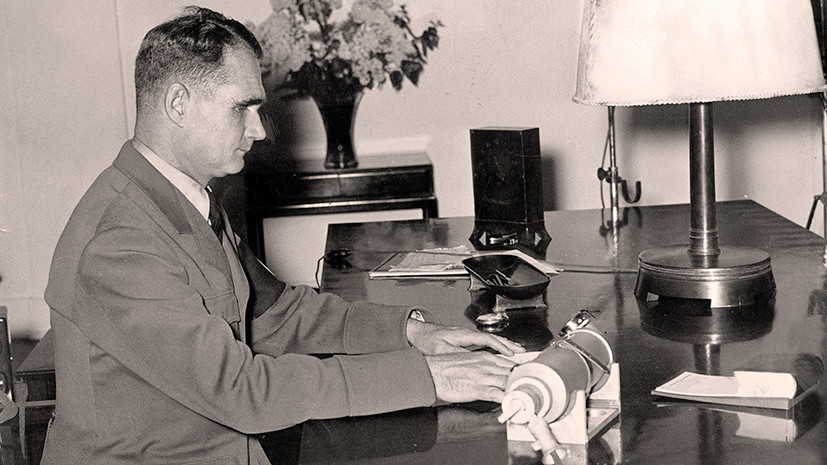Austrian scientists from the University of Salzburg, together with colleagues from the United States, refuted the common theory that Rudolf Hess - Adolf Hitler’s closest ally - was allegedly replaced by a double in Berlin’s Spandau prison after the Nuremberg process.
Researchers took a DNA sample from a paternal living relative of Hess. Experts compared the genetic material with blood samples of prisoner No. 7 who was hanged in 1987 in Spandau's cell - under this number Hess was serving a life sentence. Blood samples taken from a Nazi criminal in 1982 were stored at the Walter Reed National Military Medical Center in Washington.
Geneticists paid special attention to the Y chromosome, since the descendants of the paternal line have the same set of DNA markers on this chromosome. The results of the analysis showed that the two men from whom samples were taken, with a probability of more than 99.99% are related to each other.
“We are absolutely sure that both samples come from the same paternal line. The person from whom the sample was taken was Rudolf Hess, ”said study author Jan Zemper-Kisslich.
Recall that Hess was the Deputy Fuhrer in the National Socialist German Workers' Party, but he spent most of the Second World War in the Tower of London. In May 1941, Hess hijacked the plane, flew to England and jumped with a parachute in Scotland, where he was detained. (It is believed that Hitler’s closest ally decided to negotiate a peace between the two powers.) Rumors began to spread even then that it was not the Nazi criminal who was in the hands of the allies, but his double, sent with an obscure goal.
After the surrender of Germany, Hess was handed over to the tribunal in Nuremberg, where he was sentenced to life imprisonment in Spandau. Doubts about the "authenticity" of the criminal arose due to numerous oddities. On his chest there were no scars, which, according to doctors, should have remained after a bullet wound received by Hess in the First World War. In addition, prisoner number 7 for more than 20 years refused to see his relatives and claimed mysterious amnesia. The theory about the twin of Hess was even supported by the then US President Franklin Roosevelt. Nevertheless, relatives of the Nazi criminal always claimed that he was imprisoned in Spandau.
In 1987, 93-year-old Hess committed suicide. Former ally of Hitler was buried in the Bavarian city of Wunsidel. However, in 2011, his remains were decided to be exhumed and cremated - neo-Nazis began to gather regularly at the tomb of Hess, disturbing the local population.

